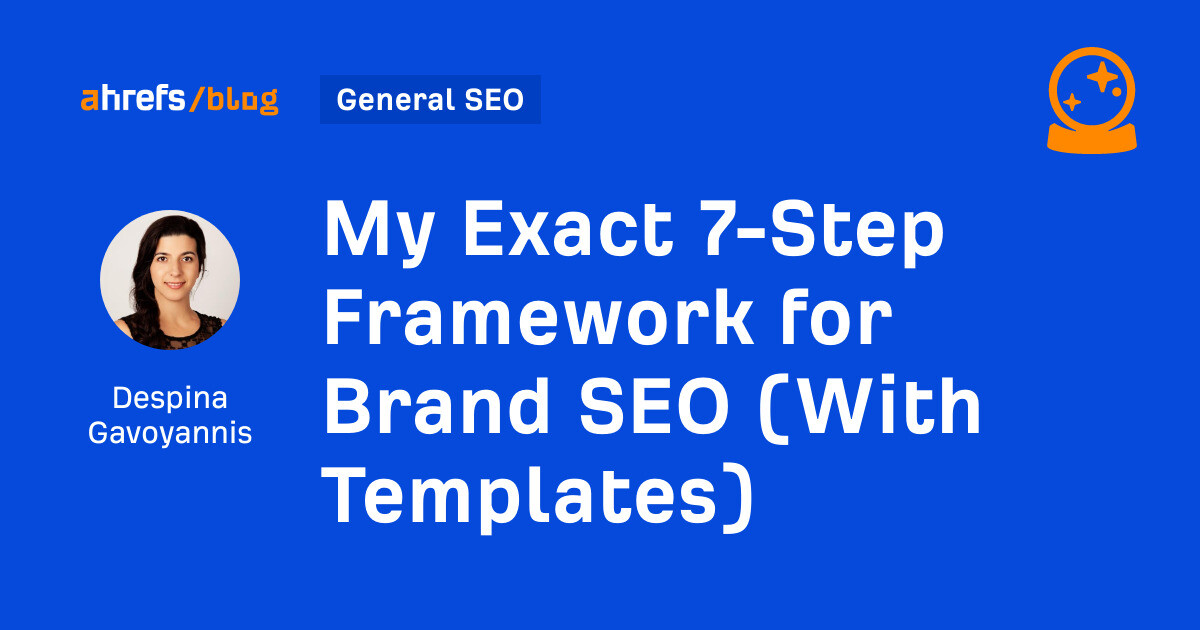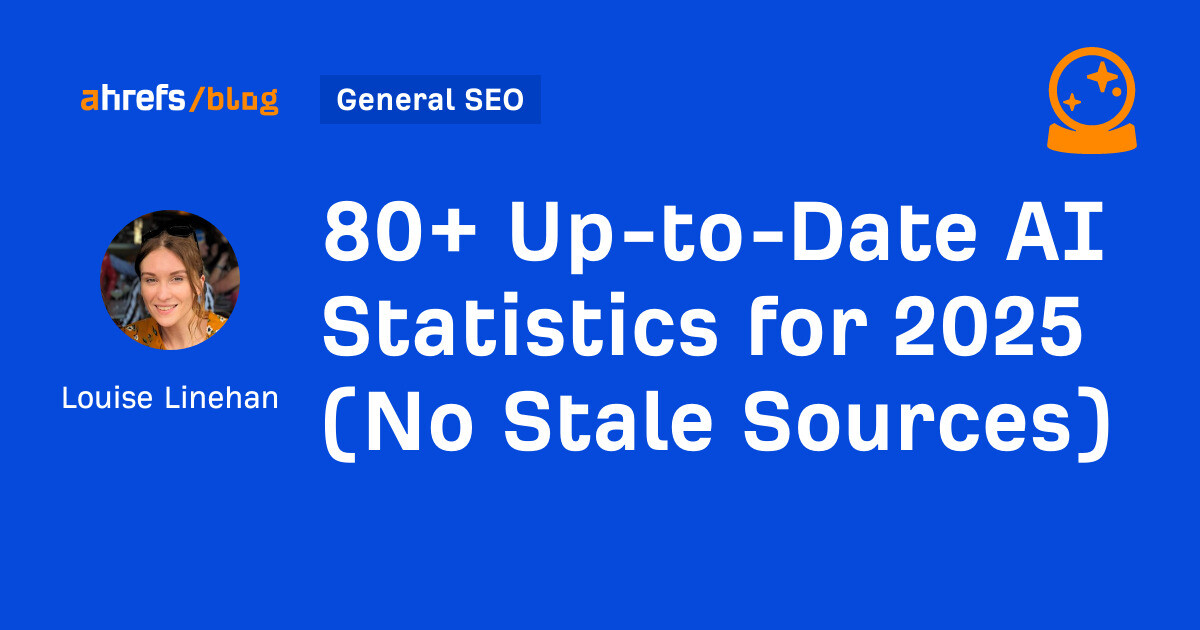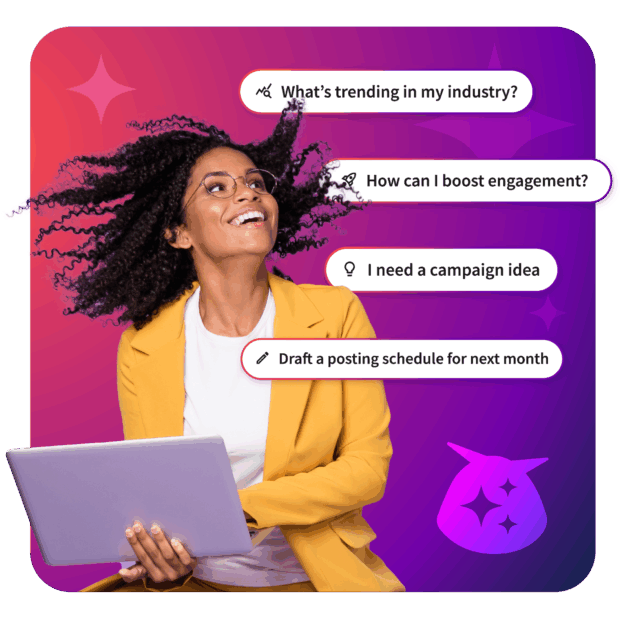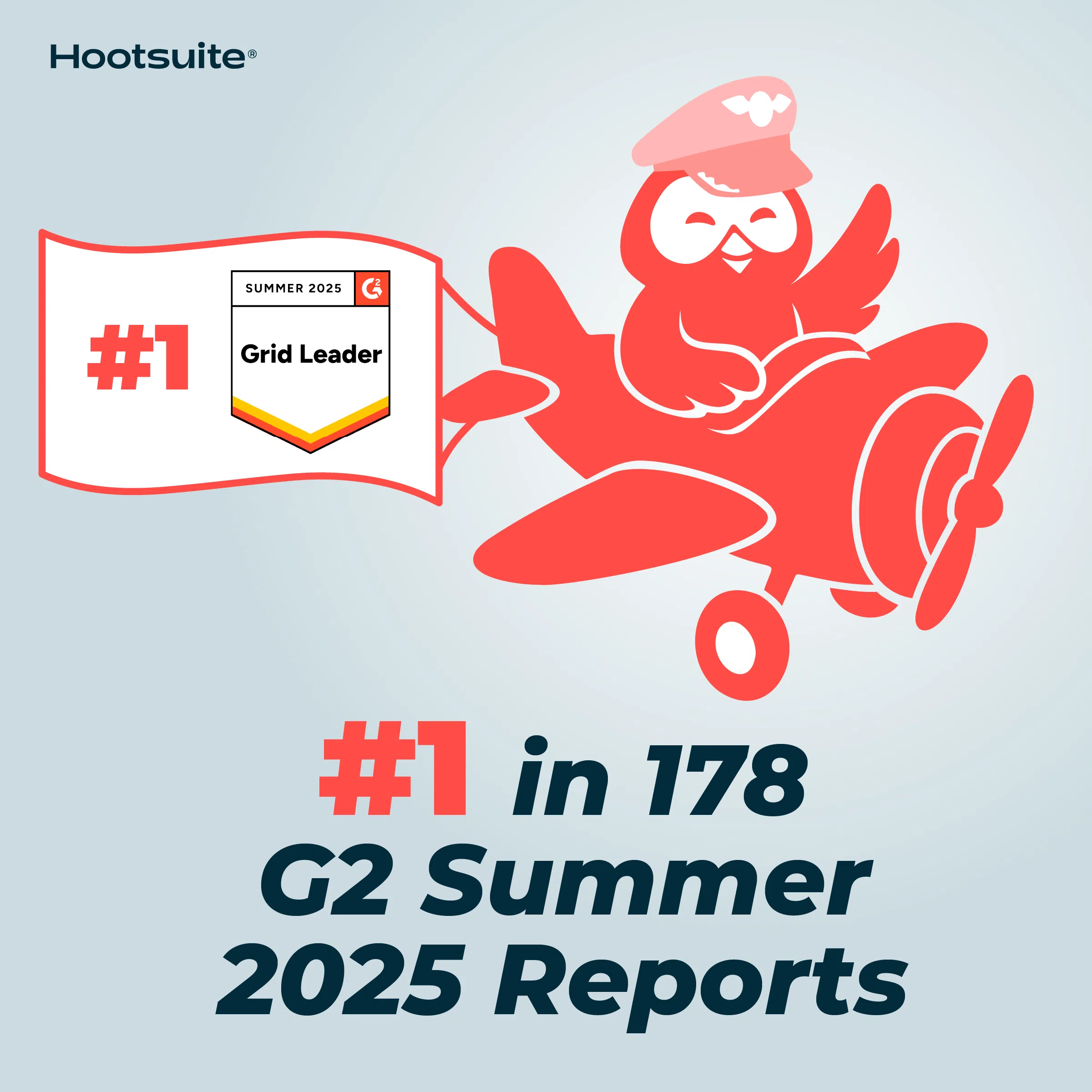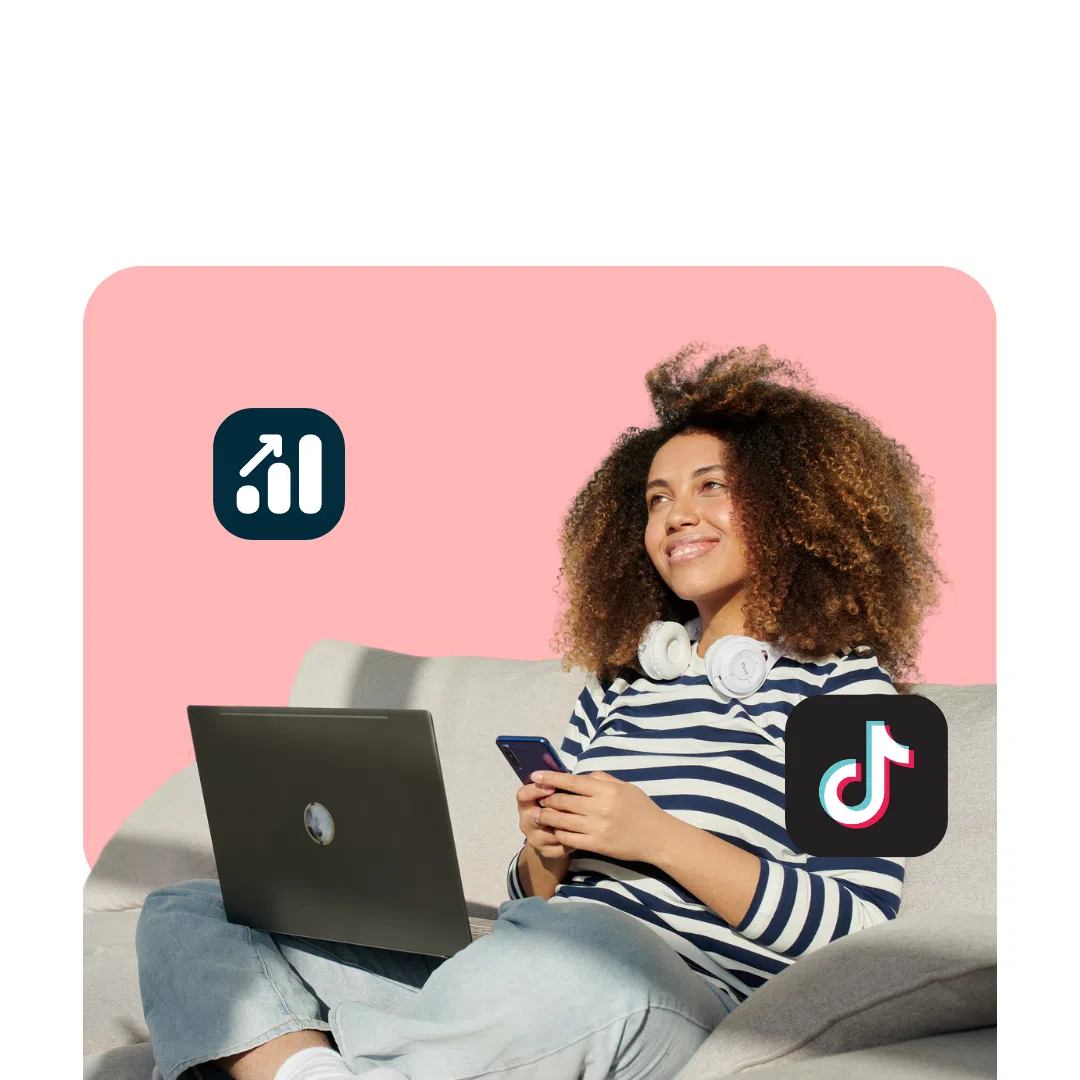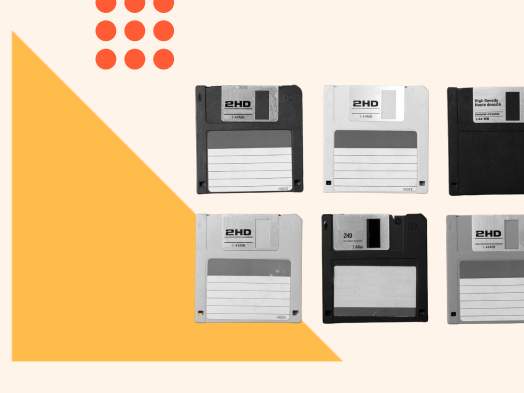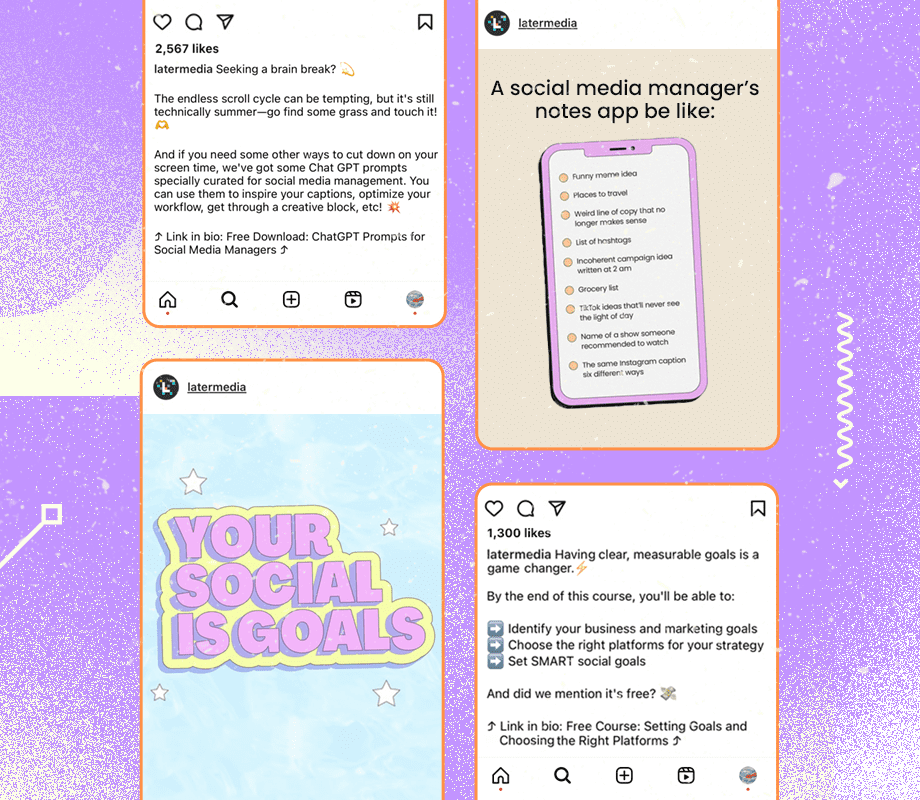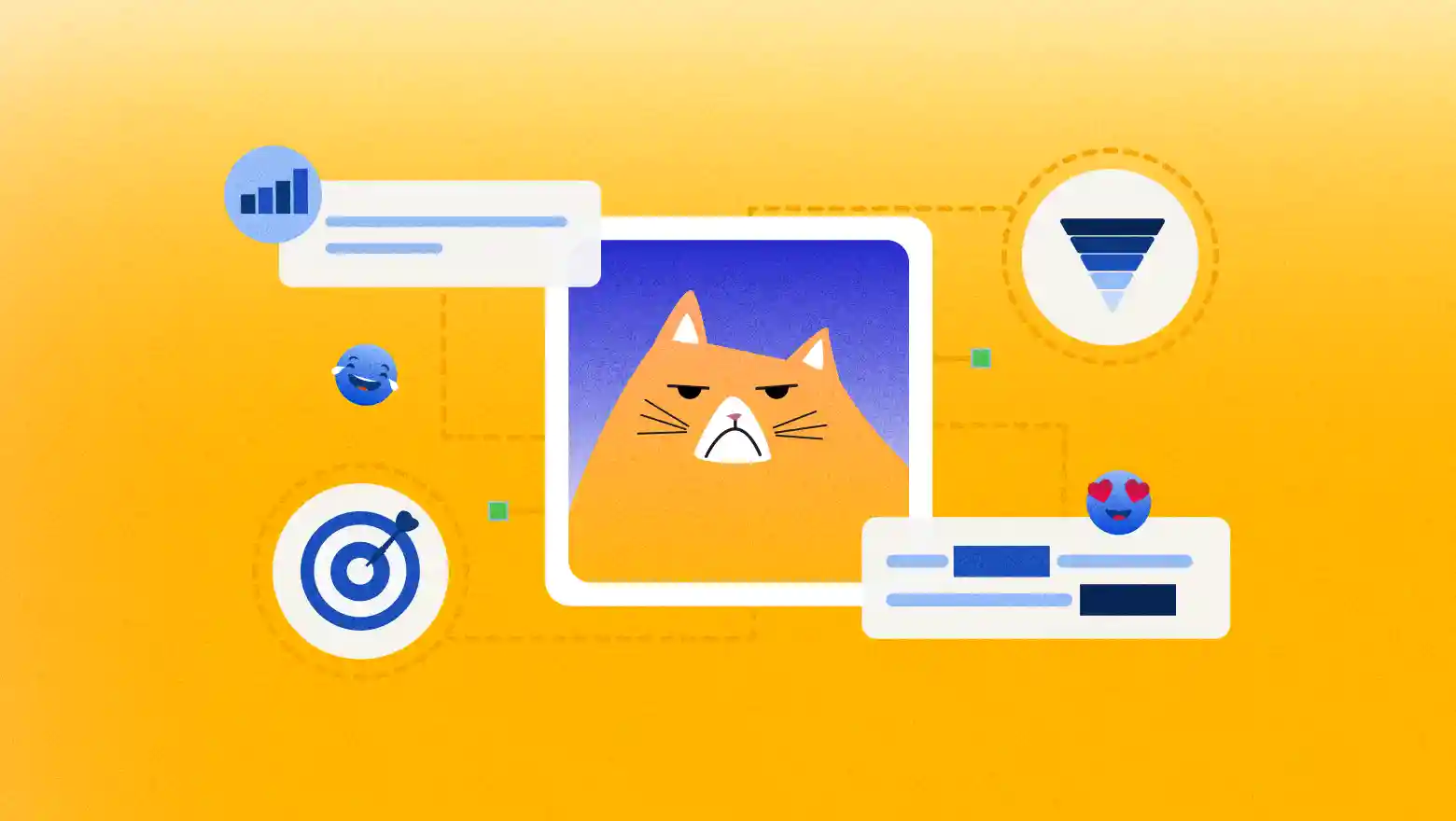User-Generated Content: What It Is, Why It Matters, and How to Add It to Your Strategy
Learn all about user-generated content — what it is, why you should use it, and how to leverage it in your marketing channels.


While scrolling on my Instagram feed, I saw a post about a gorgeous planter in my friend’s post. I immediately inquired about the brand and ordered a couple of pots for myself.
That’s a classic example of how user-generated content (UGC) works. It’s an authentic post about a brand and its products on social media channels — created by real and relatable customers instead of the brand or influencers.
In this article, I’ll share the A-Z on user-generated content and how your brand can use it to improve your social media marketing efforts — with some examples to inspire you!
What is user-generated content (UGC)?
User-generated content (UGC) is brand-specific content created by customers. Brands usually reshare this customer content on their own social media channels (with permission!). For example, at Buffer, we shared this customer review as an Instagram post — it’s the perfect example of user-generated content.
If you really think about it, user-generated content is a digital term for word-of-mouth marketing. However, UGC isn’t as straightforward.
For starters, UGC isn’t as out of your control as word-of-mouth marketing. It’s not reliant on organic content alone to do the work. As a brand, you can bake user-generated content (UGC) into your marketing strategy to attract potential customers.
You can even hire UGC creators to create authentic and relatable content for you when you’re new in business and don’t have many customers or customer feedback. Let’s cover these two types of user-generated content (UGC) in the next section.
Types of user-generated content (UGC)
There are two main types of user-generated content: organic and paid.
- Organic user-generated content is consumer-generated content, aka your existing customers create it at no cost. Social media users share posts about your brand freely, without asking. This can be customer photos, online reviews, or videos of your customers using your products.
- Paid user-generated content is when you incentivize UGC creators to create content for you with the authenticity of a customer — meaning no false praises or sales pitches. For example, Jenna Libman is a UGC creator who creates videos for various brands.
Cirkul wanted 2 core UGC videos — but instead of just delivering 2, we tested 3 unique hooks for each one to maximize performance ⚡️ That’s 6 total videos for the brand to test and learn from.
This kind of creative variation helps brands figure out what actually gets clicks,… pic.twitter.com/Jx99nMxXYK— Jenna | UGC Creator & Creative Strategist (@jennamediaco) May 5, 2025
The core difference between organic UGC and paid UGC is the incentive. But isn’t paid UGC the same as influencer-generated content?
You’d be forgiven for thinking that — but not quite.
- Influencers typically have a larger (and more niche) audience than UGC creators. When you practice influencer marketing, your aim is to reach a new segment of your target audience (the creator’s followers). You pay influencers for their influence — they have developed an online community that trusts them. You seek to borrow that trust by partnering with them.
- UGC creators don’t need to have a large or niche audience. You pay them for their content creation skills. As a brand, you’ll want to post content created by them on your own social media channels.
While these are the two main types of user-generated content, you can also divide UGC based on content type. The brand Lili Origin often uses all these types — I’ll share their examples to help you understand how your company can layer various types of UGC content in your marketing campaigns.
Customer testimonials
Customer testimonials are a powerful form of user-generated content. They aren’t just original, they also signal social proof.
With customer permission, you can convert testimonials to visual content by taking a screenshot of online reviews and posting them on social platforms — like Lili Origin did in their Instagram Stories.
You can also embed these customer feedback snippets across your product pages.
Customer photos
Photos are a type of UGC when a customer uses your product and snaps a picture with it. You can reshare these UGC images as social media posts across multiple platforms and also add them on product pages (so potential customers can see how your product looks on an actual customer).
A pro tip: add some context to the photo and use the UGC content to increase brand awareness.
Lili Origin often reshares its customers’ Instagram Stories flaunting the brand’s products — and they also add a link to the product in the picture so their target audience can find it easily (instead of scouring their website).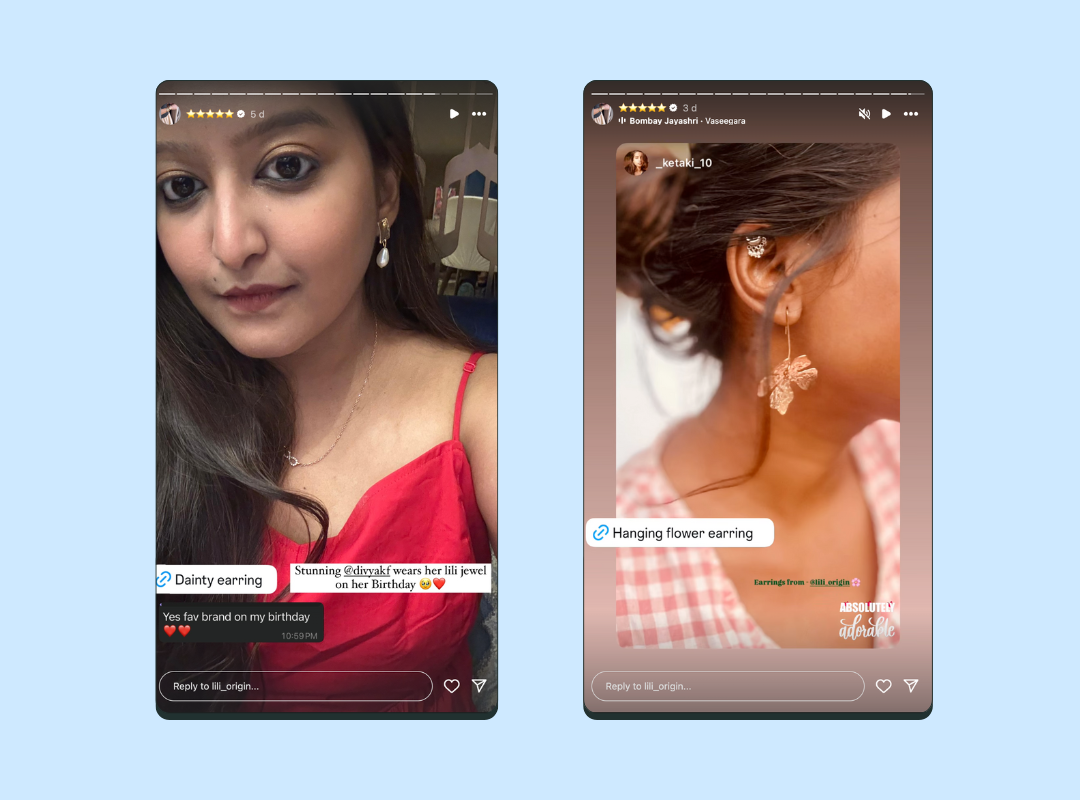
Video UGC
Video UGC content is video related to your product — whether that’s a detailed review, walkthrough, or a haul. Lili Origin shared a creator’s haul of multiple products on their website in their own account.
Blog posts or comments
Blog posts about your product or comments from users are similar to reviews. You can screenshot mentions across the web (whether that’s in a blog post, Reddit, or in an online community) and share them as UGC content on social media platforms.
Be sure to get permission to reshare reviews, especially when you’re screenshotting content from a private community. Be specific about where you plan to reshare their comment
All of the above types of UGC content can be organic and paid — it depends on how your UGC strategy fits into your overall marketing campaigns. Before I talk about how you can integrate user-generated content into your marketing campaigns, let’s address why UGC content is excellent in the first place.
Why should you use UGC in your social media strategy?
Running UGC campaigns sounds like a lot of effort: track all user-generated content, interact with your audience, reshare it with added context, etc. Why do all that when you can just create branded content or partner with influencers? Here are five reasons that show the value of user-generated content:
1. User-generated content is more authentic
Authenticity has become somewhat of a buzzword online. But the fact is, consumers are more marketing-aware than ever before. They will often tune out of your traditional ads — whether that’s high-resolution branded content or paid sponsorships.
In this marketing fog, user-generated posts shine because of their authenticity. They don’t appear salesy. Why else would 85% of consumers say they rely on user-generated content before making a purchase?
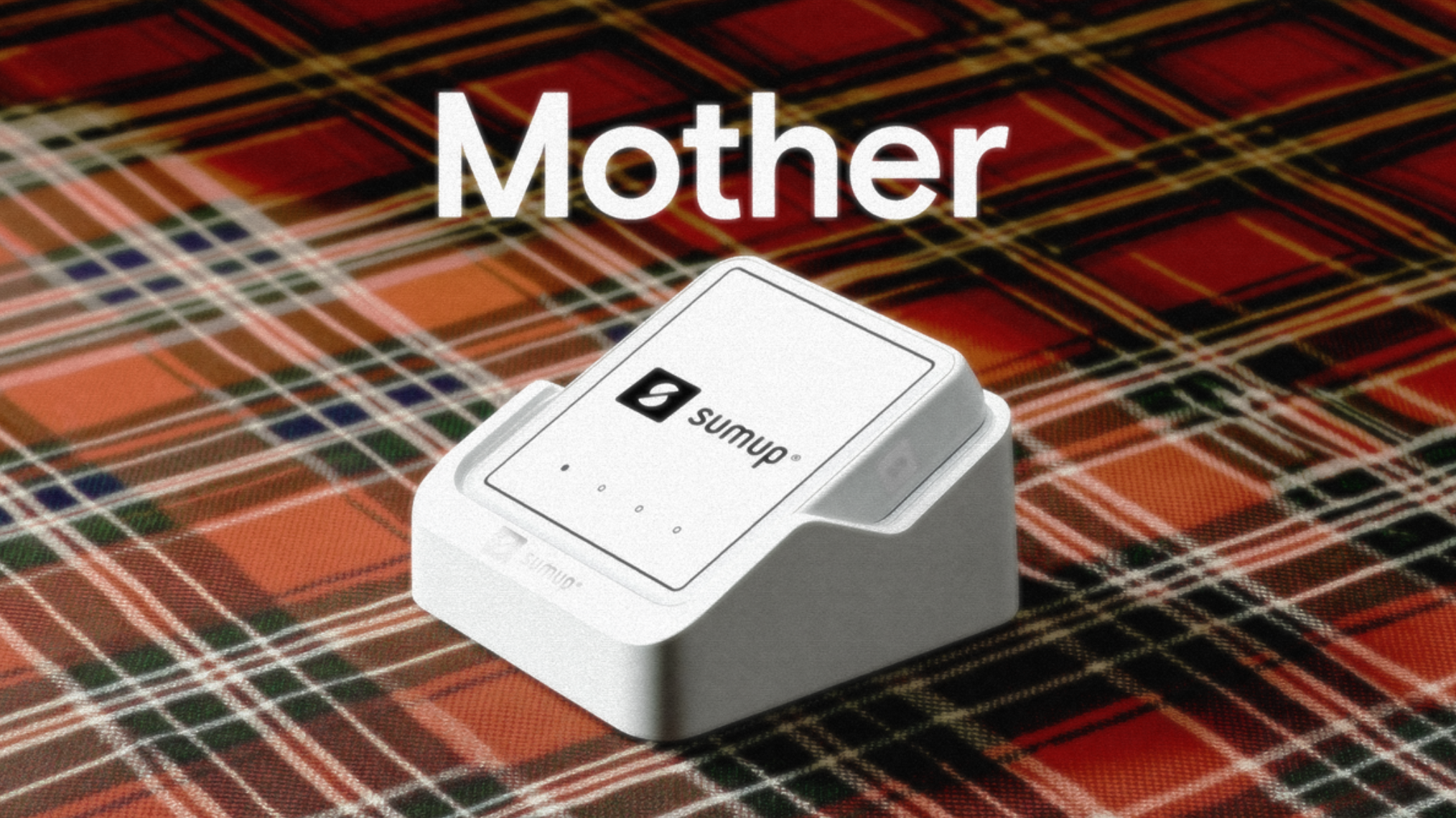













_1.jpg)






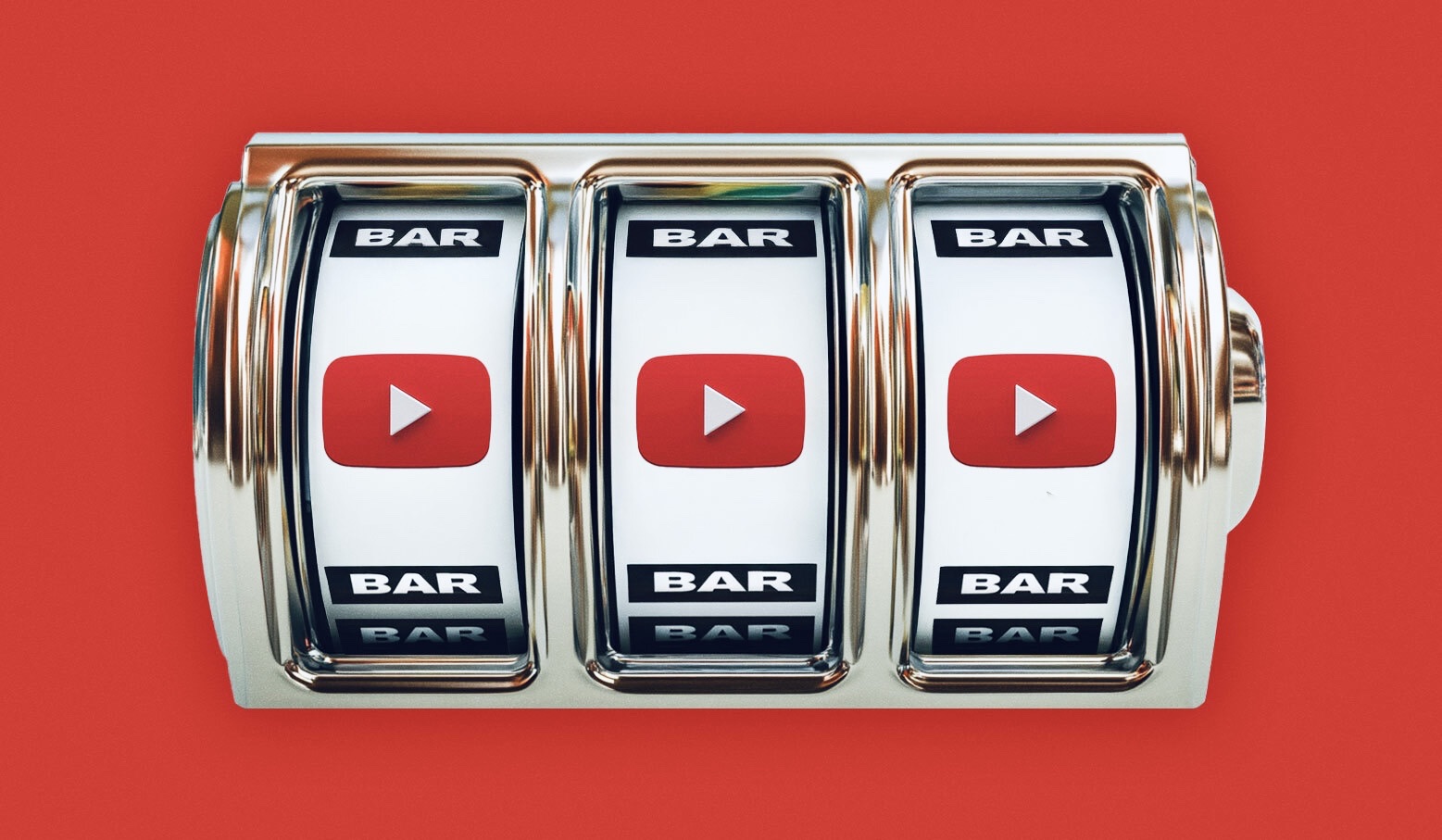

![How To Drive More Conversions With Fewer Clicks [MozCon 2025 Speaker Series]](https://moz.com/images/blog/banners/Mozcon2025_SpeakerBlogHeader_1180x400_RebeccaJackson_London.png?auto=compress,format&fit=crop&dm=1750097440&s=282171eb79ac511caa72821d69580a6e#)

![Brand and SEO Sitting on a Tree: K-I-S-S-I-N-G [Mozcon 2025 Speaker Series]](https://moz.com/images/blog/banners/Mozcon2025_SpeakerBlogHeader_1180x400_LidiaInfante_London.png?auto=compress,format&fit=crop&dm=1749465874&s=56275e60eb1f4363767c42d318c4ef4a#)

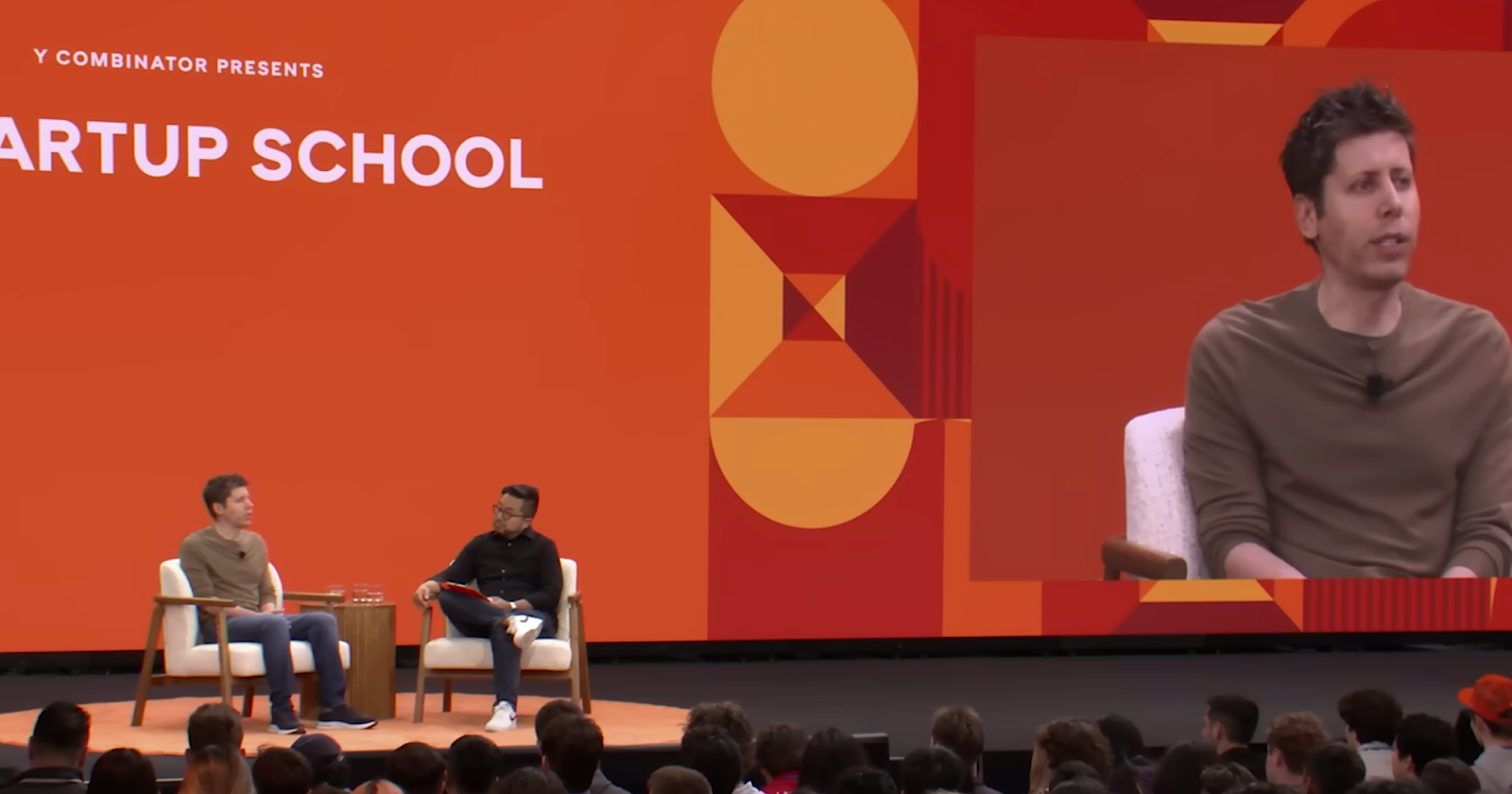

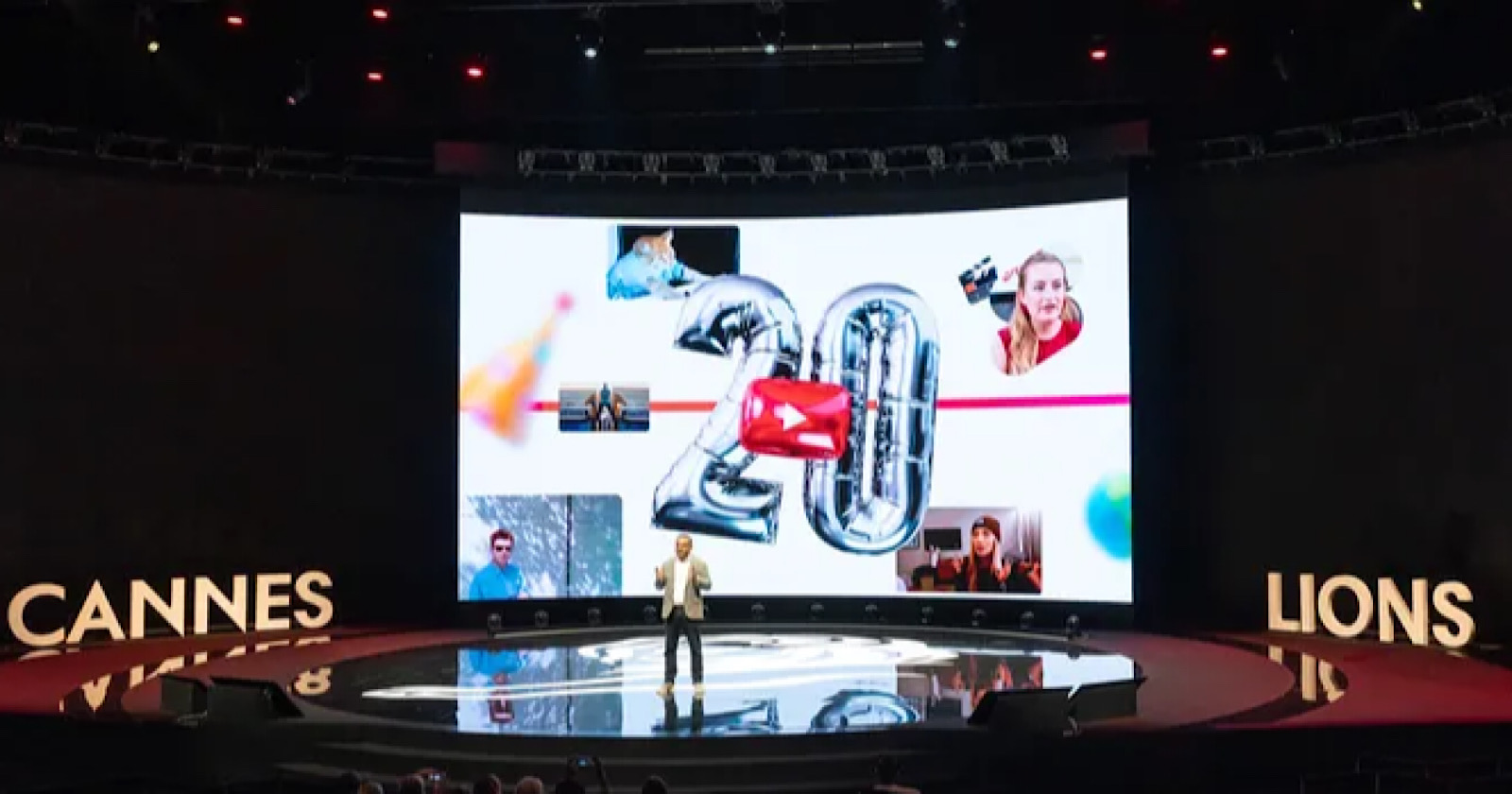





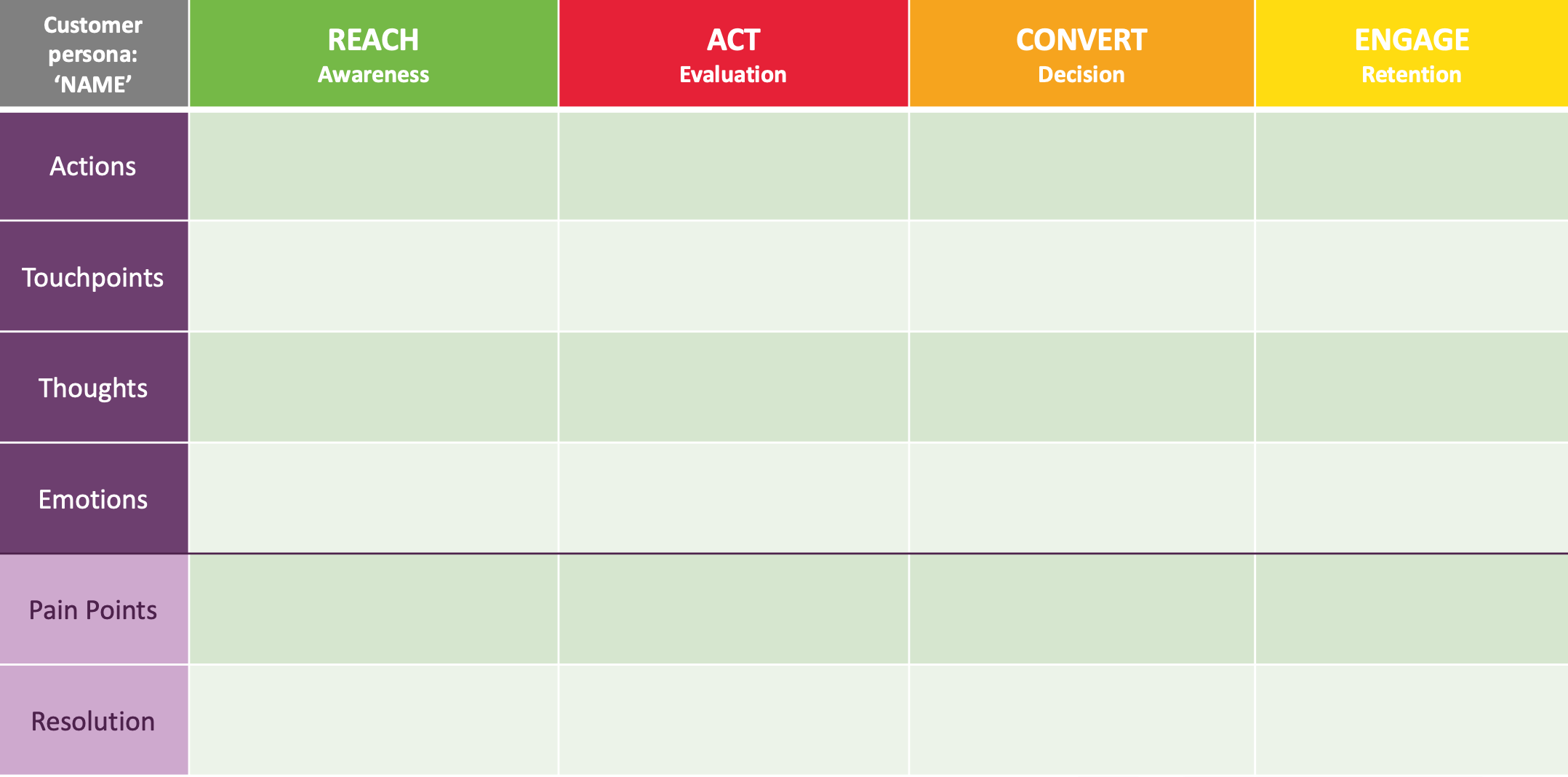















![The 11 Best Landing Page Builder Software Tools [2025]](https://www.growthmarketingpro.com/wp-content/uploads/2024/04/best-landing-page-software-hero-image-1024x618.png?#)










































![How to Create an SEO Forecast [Free Template Included] — Whiteboard Friday](https://moz.com/images/blog/banners/WBF-SEOForecasting-Blog_Header.png?auto=compress,format&fit=crop&dm=1694010279&s=318ed1d453ed4f230e8e4b50ecee5417#)

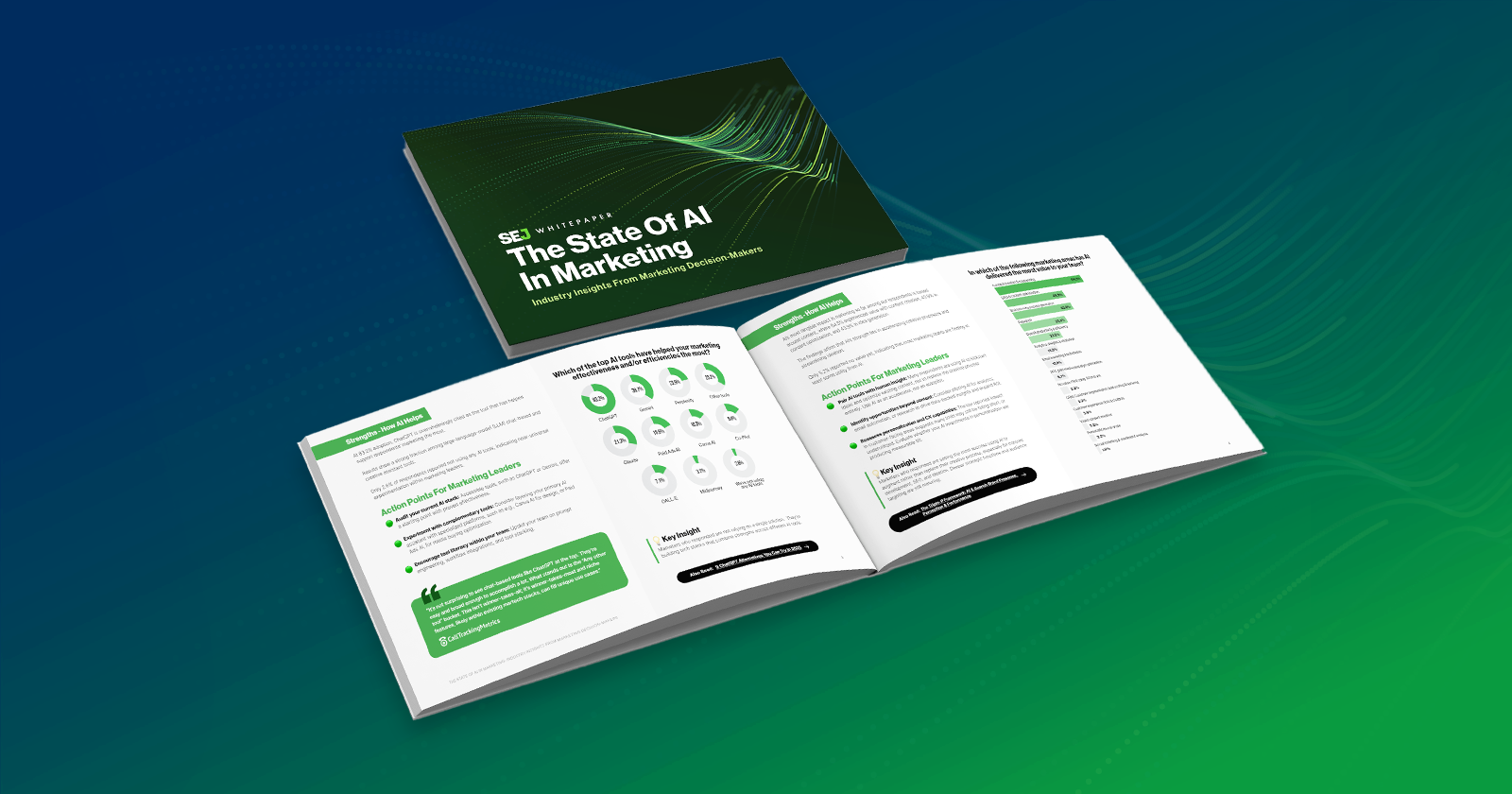


![What Is a Markup Language? [+ 7 Examples]](https://static.semrush.com/blog/uploads/media/82/c8/82c85ebca40c95d539cf4b766c9b98f8/markup-language-sm.png)




